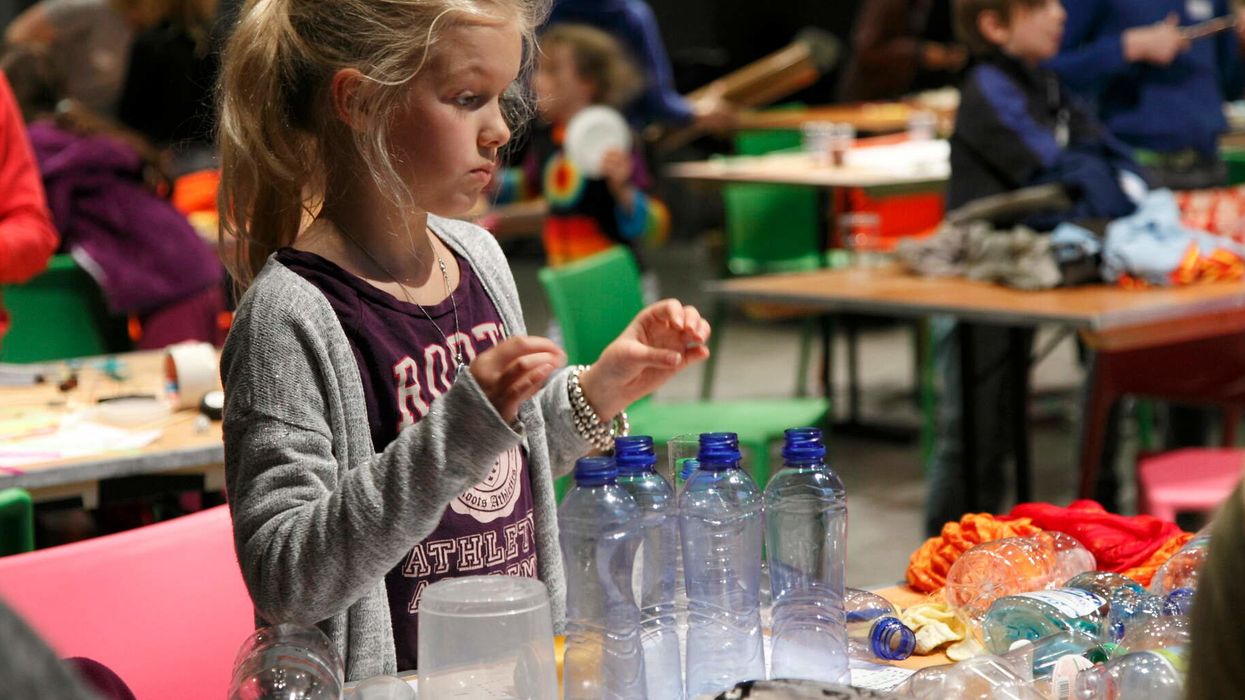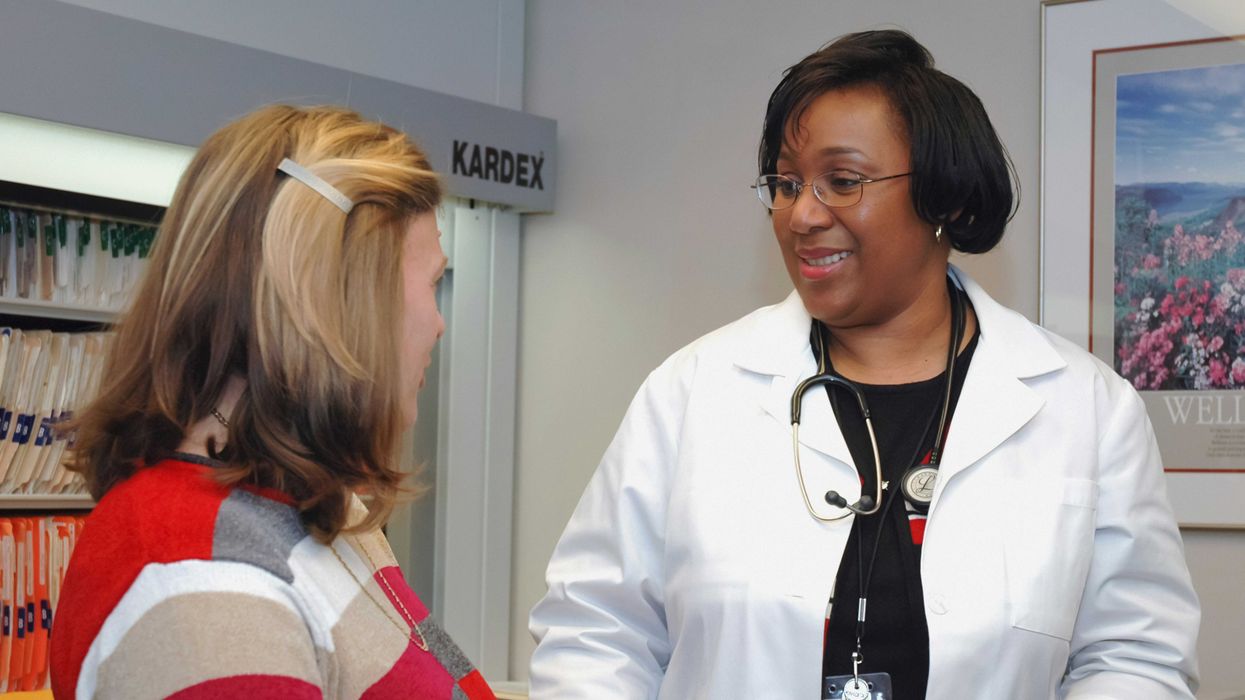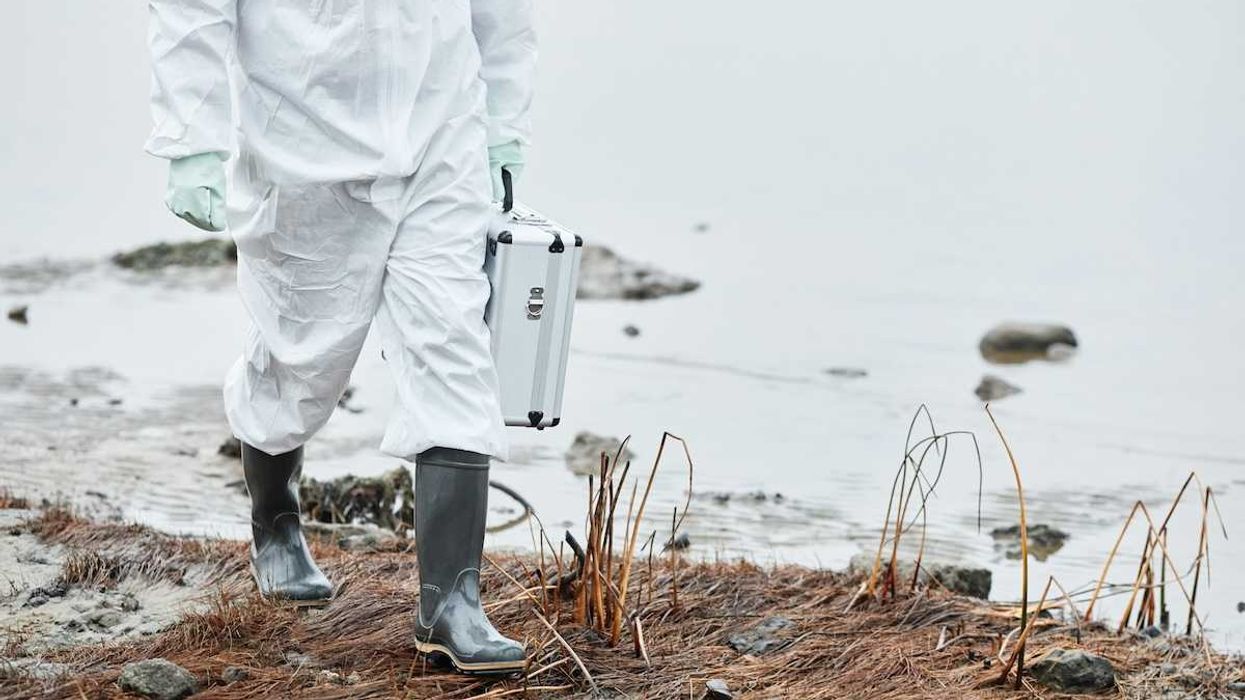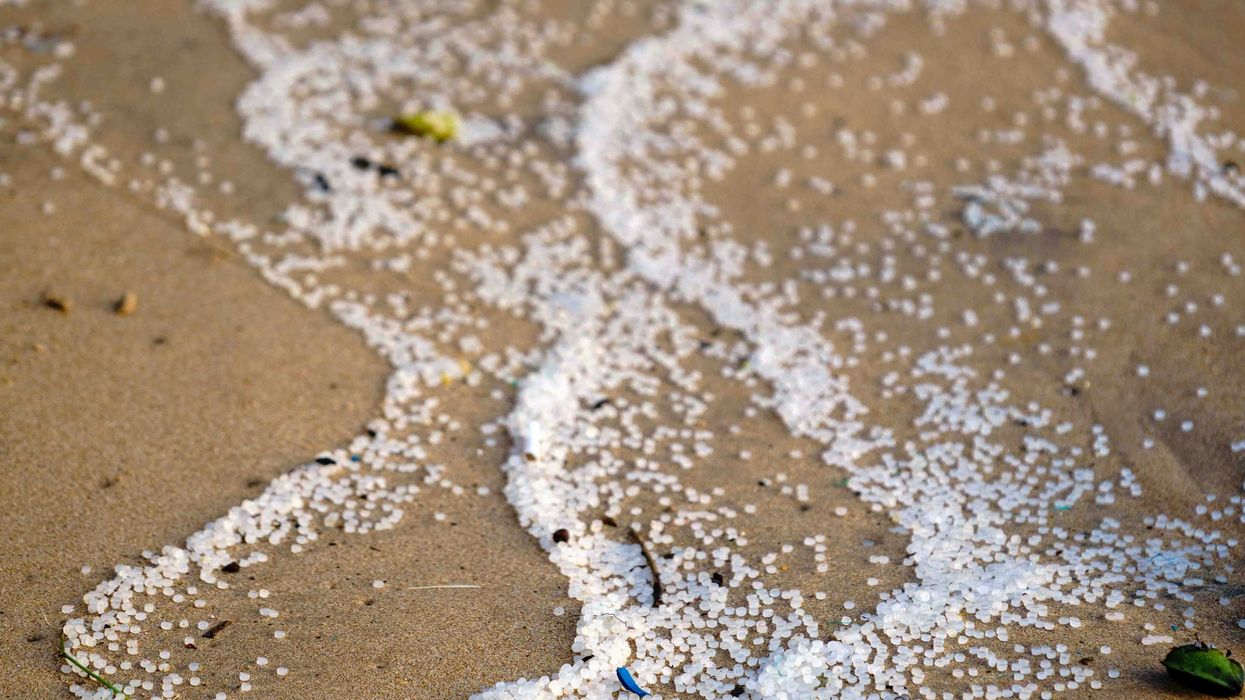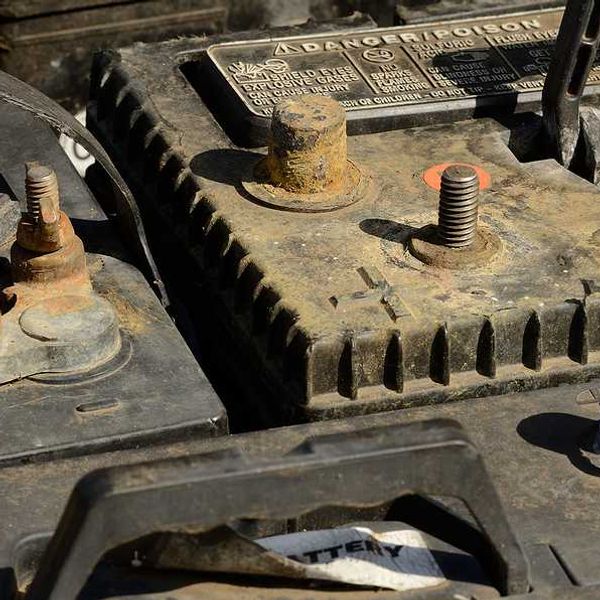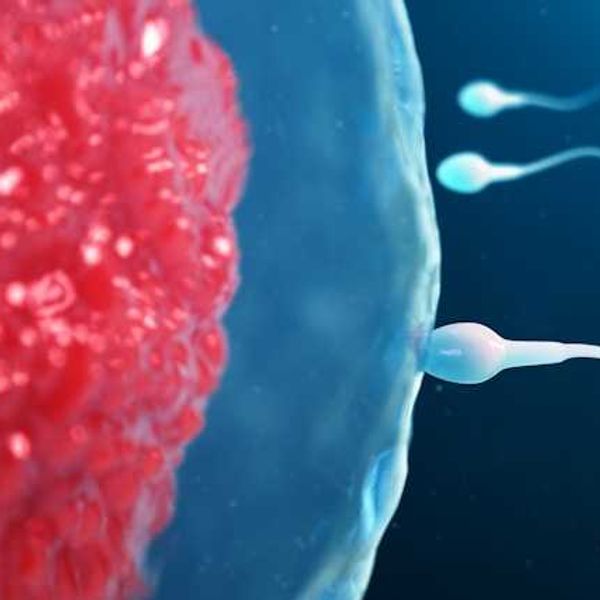When I was a Scientific Program Administrator at the National Institute of Environmental Health Sciences (NIEHS) I saw a lot of scientists doing strong research on endocrine disrupting chemicals (EDCs).
These chemicals interfere with the proper functioning of our hormones, which leads to increases in a variety of common diseases like cancer, infertility, type 2 diabetes, obesity, learning and memory problems and neurodegenerative diseases.
These chemicals are ubiquitous, found in in the lining of canned foods, cosmetics, household cleaning products, nonstick ware, water repellent papers and clothing, sunscreens, plastic tubing and toys, and in pesticides sprayed on fruits and vegetables.
Since I left the NIEHS in 2017, I've kept up with the endocrine disruptor field and continue to see colleagues producing good science on these compounds. The field continues to grow.
But I noticed something's missing.
The EDC field does not have a coordinating organizational structure like The Girl Scouts of America, The March of Dimes, The Lions Club, or scientific organizations such as The Endocrine Society and the Society of Toxicology.
These organizations have a president, vice president, treasurer and committees that develop goals and plans and offer guidance as well as help raise funds.
The EDC field lacks an organizational structure: a hub. A place where scientists studying these insidious chemicals can join with others in the field to improve their knowledge of what is going on in the field, develop plans for the future, collaborate on their science and communicate their important results on improving health.
Presently the scientists working in the EDC field are like sailors in a boat without a rudder. They work hard but have no control over where they are going.
With this problem is mind, we're launching a new effort to push this research into its next phase, by providing new and existing researchers a place to call home. A place—like a rudder on a boat, or an organizational structure like that of The Girl Scouts of America—that will provide direction to the field and improve coordination, collaboration and communication among researchers and improve the impact of their research on human and wildlife health.
Our new effort is a website called, Healthy Environment and Endocrine Disruptor Strategies. Like all websites it provides information, in this case about what is going on in the EDC field. It is a destination for all things EDC.
For example, are there books or videos on EDCs? When and where is the next scientific conference on EDCs? How do I reduce my exposure to EDCs?
HEEDs is designed to provide the rudder to help the EDC field move in a more coordinated, efficient fashion by furthering collaborations, and stimulating discussions on what studies need to be done via working groups, blogs, webinars and focused workshops.
We hope that it will ultimately help improve the health of the planet and its inhabitants.
Jerry Heindel is the founder of Program on Endocrine Disruption Strategies at Commonweal in Bolinas, California. HEEDs.ORG is coordinated by Heindel, and Sarah Howard from Commonweal. HEEDS.ORG is a part of Commonweal.
